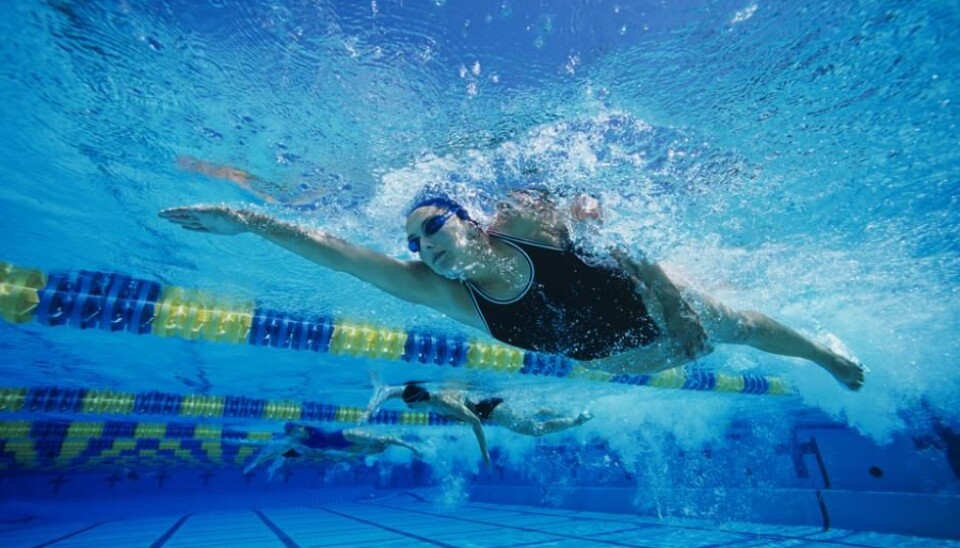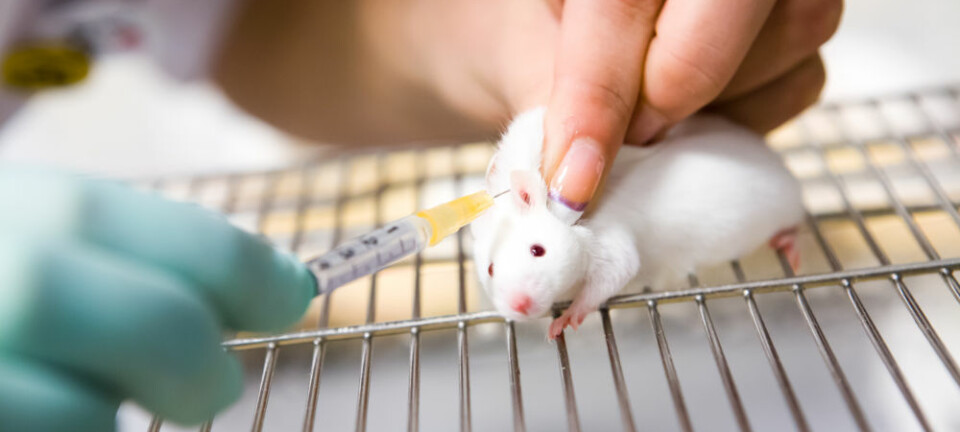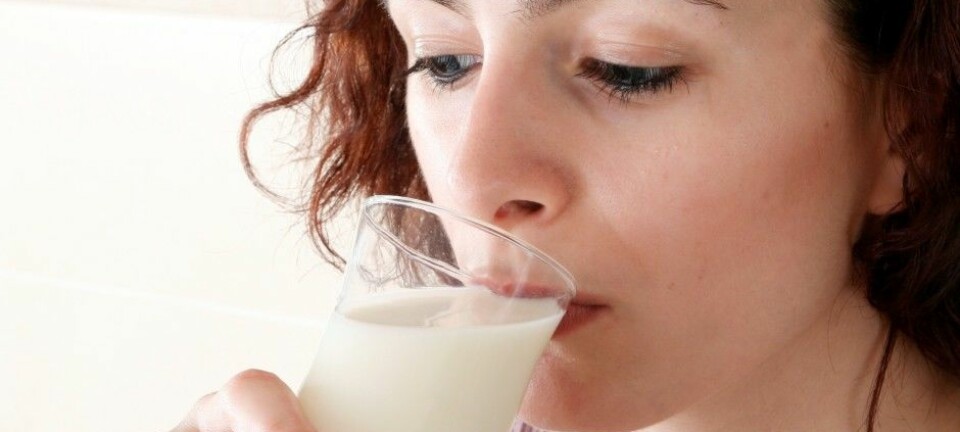
15 weeks of high-intensity swimming can help prevent diabetes
Short bursts of high-intensity swimming prevents type 2 diabetes in middle-aged women, shows new research.
High-intensity swimming can help to keep lifestyle diseases such as type 2 diabetes at bay, shows new research.
“There was a 22 per cent improvement in insulin sensitivity after training at a high-intensity, but no change for those who swim at a low pace. I didn’t expect that,” says co-author Nikolai Nordsborg, Associate Professor in physiology at the University of Copenhagen, Denmark.
The scientists behind the research discovered that short swimming sessions also work, so long as you train at a high-intensity.
The new research is published in the European Journal of Applied Physiology and was funded by the Faroese Research Council.
15 weeks of hard but short training sessions
The new results could help motivate people to embark on a new fitness regime.
“People often say that they don’t have time to train, but you can actually achieve an incredible amount by doing quite little, which is appealing to people who don’t usually workout,” says project leader, Magni Mohr, Associate Professor in physiology at the University of the Faroe Islands.
In the study, 62 middle aged women with high blood pressure took part in a series of high-intensity swimming sessions, three times a week for 15 weeks.
Each session consisted of six to ten reps of front crawl at full throttle for 30 seconds at a time, with a two minute rest in-between.
Training makes women more sensitive to insulin
By the end of the study the women had become more sensitive to insulin--the hormone that regulates blood sugar.
This explains how the short training sessions can help to prevent type 2 diabetes, which develops when we can no longer regulate blood sugar levels.
But Nordsborg and Mohr do not yet know why high-intensity swimming has such a positive effect on insulin sensitivity.
“We have covered a part of the research in swimming, but the underlying understanding of why high-intensity training gives such good results is still missing,” says Nordsborg.
Everyone can benefit from high-intensity training
The new results have implications for the scientific debate surrounding exercise and fitness.
“For a long time people have discussed [recommended] training hard one day so you can take it easy over the next few days. But most new studies suggest less is better, to achieve a long-term effect. So the new study is an important input to previous research,” says Allan Flyvbjerg, Dean at the Department of Health, and professor of diabetes at Aarhus University, Denmark.
And the new results are not only applicable to the middle-aged women who took part in the study, says Flyvbjerg.
“All of us become worse at regulating insulin with age and if we don’t do something about it then a substantial percentage of us will develop type 2 diabetes,” he says.
The World Health Organisation estimates that 422 million people live with diabetes. Around 1.5 million people died due to diabetes in 2012, making it one of the leading causes of death globally.
“In Denmark approximately seven per cent of the population have diabetes and 15 per cent are at risk of developing it,” says Flyvbjerg.
-------------
Read the Danish version of this article on Videnskab.dk
Translated by: Catherine Jex
Scientific links
- "Low-volume high-intensity swim training is superior to high-volume low-intensity training in relation to insulin sensitivity and glucose control in inactive middle-aged women", European Journal of Applied Fysiology (2016), DOI: 10.1007/s00421-016-3441-8
- The WHO Global Report on Diabetes, 2016











